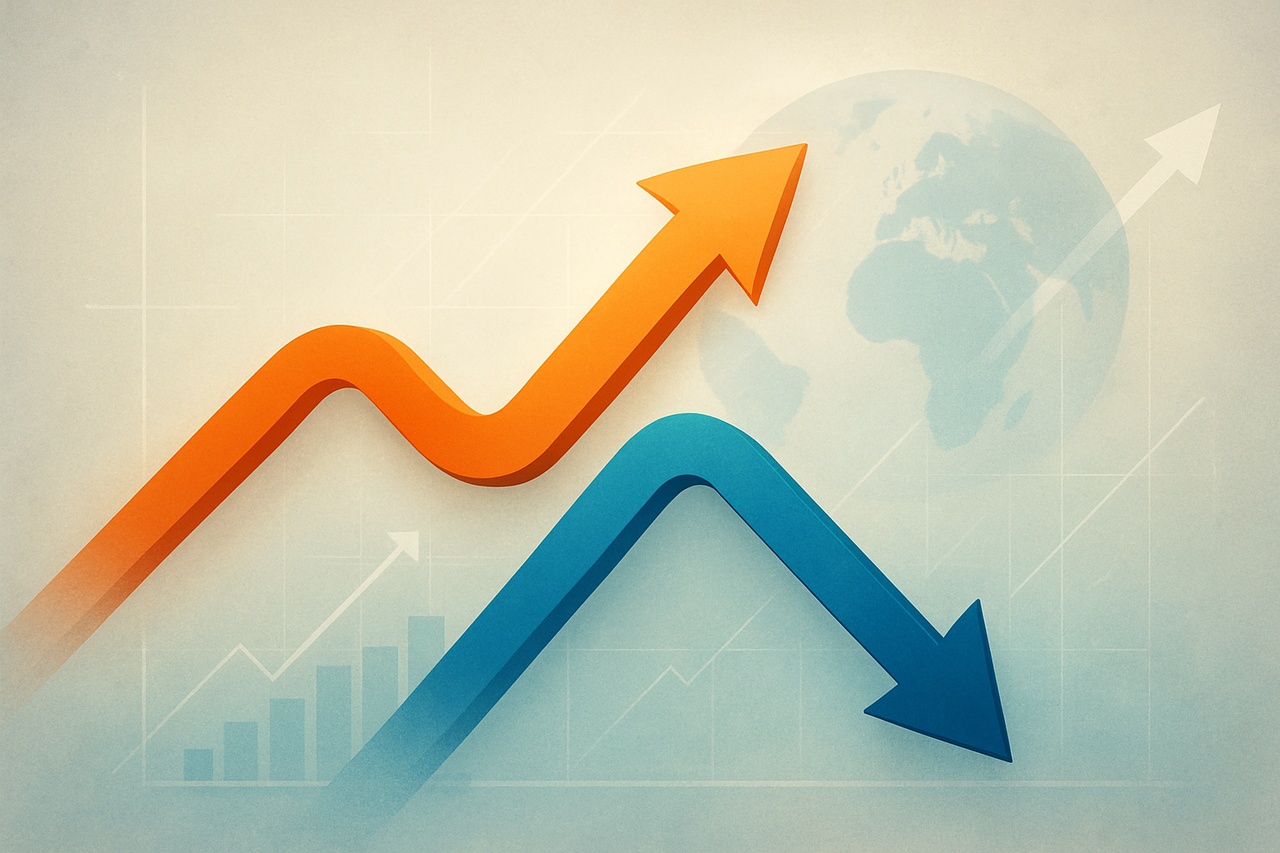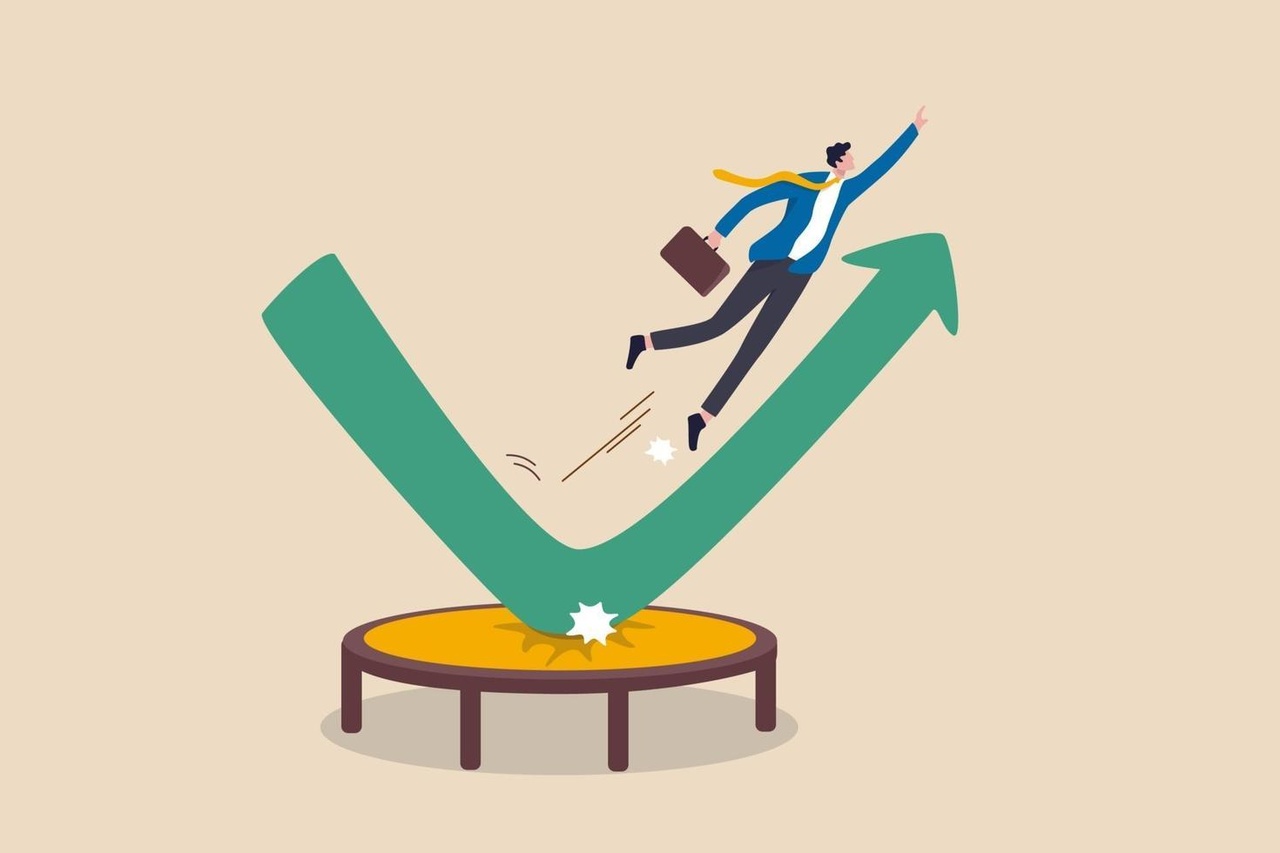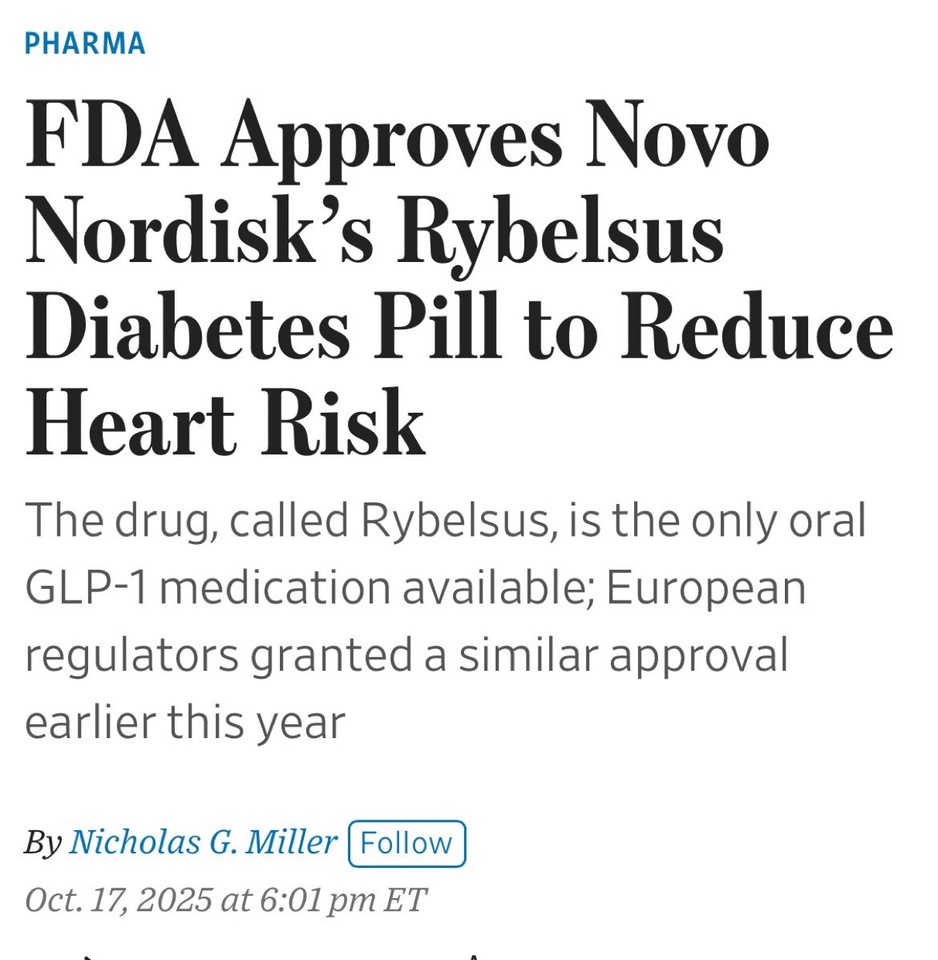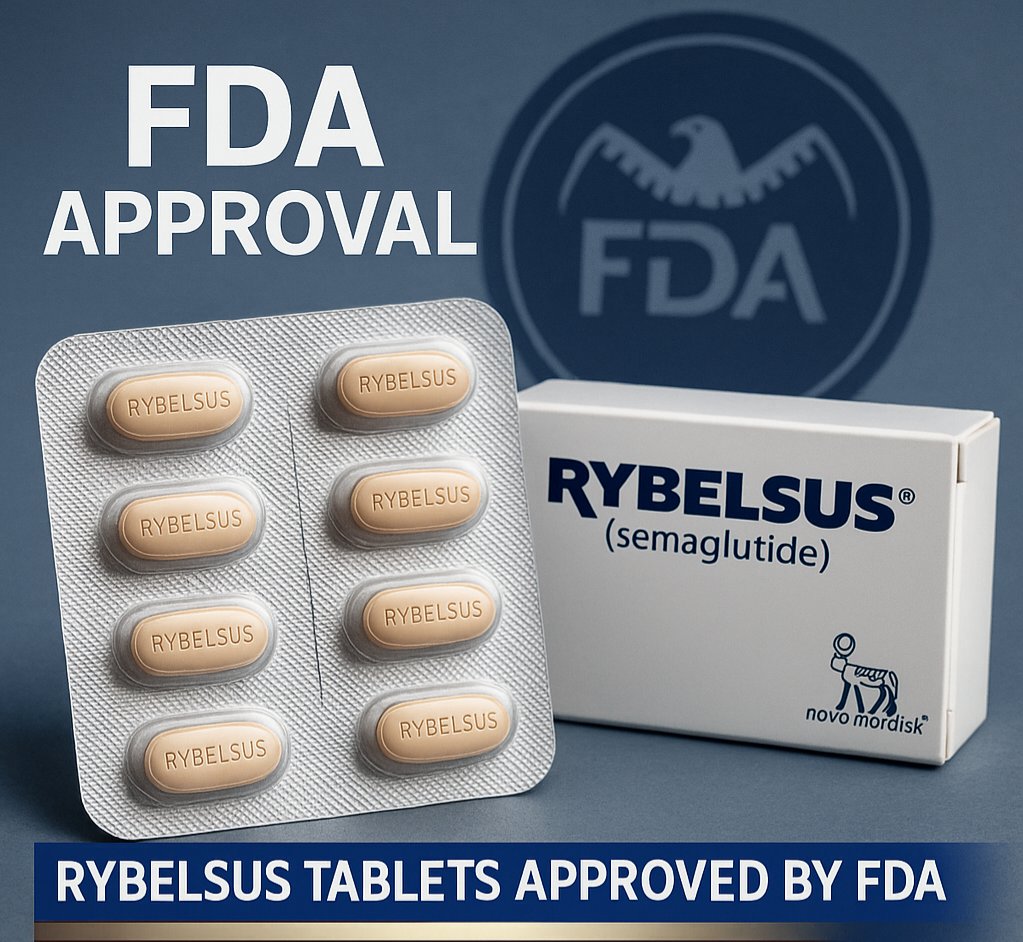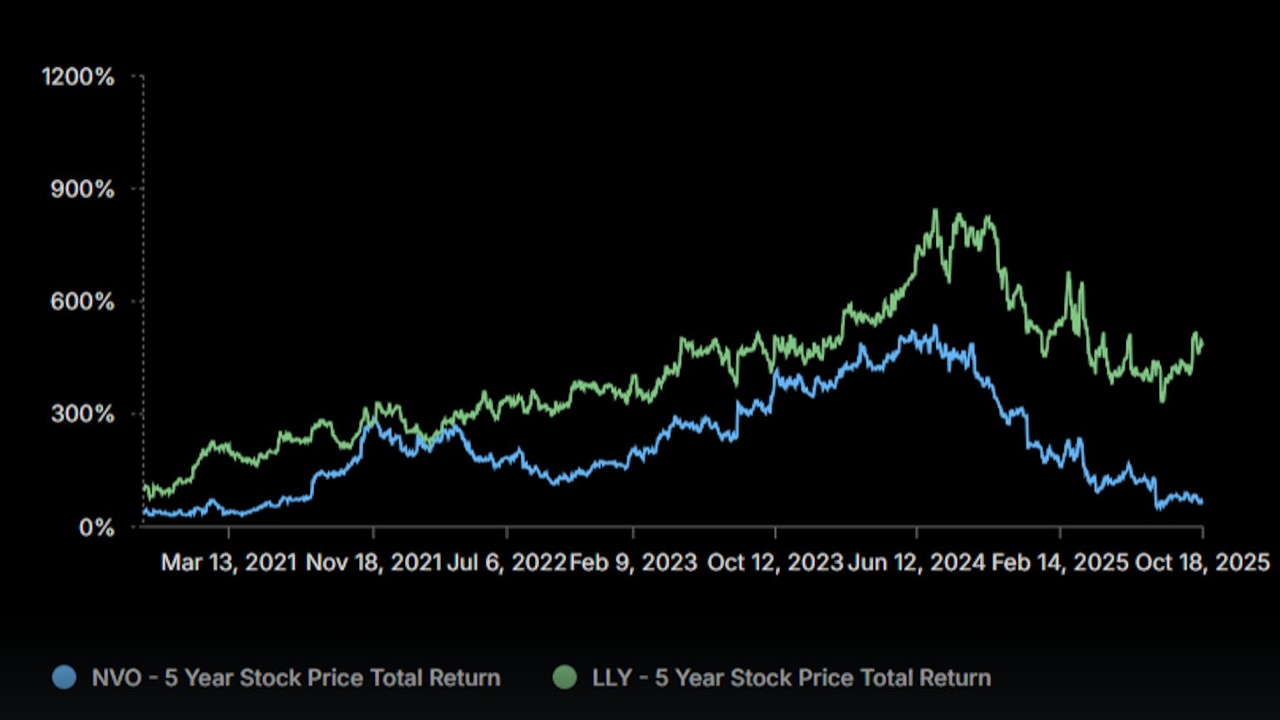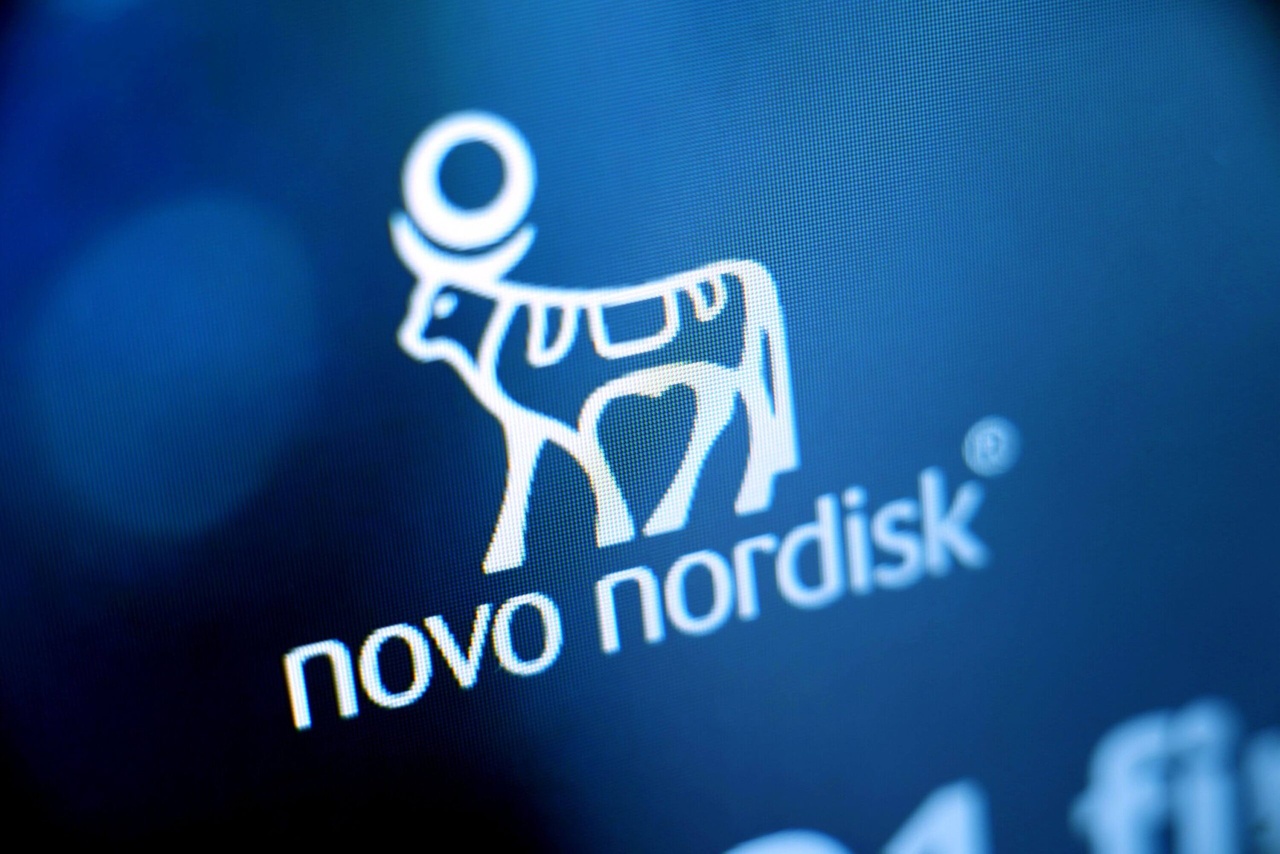🇺🇸 USA
$SPX500 — Futures indicate a slight decline, showing loss of momentum after yesterday's rally, driven by negative tech futures.
$DJ30 — Down slightly, affected by the cautious sentiment and renewed Dollar strength.
$NSDQ100 — Under pressure, the tech rally has faded, leading to pre-market weakness.
💻 Tech & Growth Snapshot
$NVDA (+2,31 %) — Down slightly (-0.10%), the chipmaker stock is struggling to hold onto yesterday's gains.
$GOOGL (+1,8 %) — Down (-0.44%), aligning with the cautious sentiment in the tech sector.
$AVGO (+1,78 %) — Up slightly (0.09%), showing resilience in the semiconductor space.
$META (+0,46 %) — Down slightly (-0.02%), the Communication Services sector is mixed.
$MSFT (+0,63 %) — Up slightly (0.02%), the stock is essentially flat.
$QBTS (+3,39 %) — Down (-0.53%), the quantum sector is actively correcting.
$RGTI (+3,78 %) — Down (-0.51%), in line with the broader *new techcorrection.
$TSM (+1,4 %) — Up (0.80%), showing strong resilience and helping to support the chip sector.
$RR. (+1,01 %) — Down slightly (-0.06%), the Industrial/Aerospace stock is mixed.
🛍️ Retail & Commerce
$AMZN (+1,56 %) — Up slightly (0.06%), essentially flat, following the mixed tech trend.
$BABA (+1,49 %) — Down (-1.99%), experiencing a clear drop, reflecting heavy selling in Chinese stocks.
$CVNA (+3,03 %) — Down slightly (-0.06%), losing ground.
$SHOP (+3,64 %) — Down (-0.64%), retail tech is under pressure.
⚕️ Health & Pharmaceutical
$LLY (+0,54 %) — Up slightly (0.01%), holding up better than the general market.
$HIMS (+1,27 %) — Stable (0.00%), in line with the cautious mood.
$INSM (-0,36 %) — Stable (0.00%), the biotech sector is mixed.
🇪🇺 Europe & Industrials
STOXX 600 — Opening solidly up, exceeding initial caution (resilience driven by defensive sectors).
GER40 — Up, showing resilience.
$LDO (-0,99 %) — Up slightly (0.38%), the defense sector is stable.
$IBE (+0,41 %) — Up (0.53%), the utilities sector is in the green, showing defensive appeal.
$OKLO — Down (-0.56%), the new tech stock is experiencing profit-taking.
🏦 Banking & Finance
$UCG (-2 %) — Up slightly (0.13%), Italian banks are mixed.
$ISP (-0,36 %) — Up slightly (0.16%), showing a modest gain.
$BAMI (+0 %)
$CE (-0,45 %) , $BPE (+1,74 %) — BPER Banca ($BPE.MI$) is in a massive rally (6.55%), strongly counter-trending the sector; $CE.MI$ is up $1.36\%$.
$BBVA (-0,12 %) — Down (-0.81%), showing clear pressure and vulnerability today.
$AXP (+0,56 %) — Down (-0.26%), ahead of today's earnings report.
$V (+0,08 %) — Down (-0.19%), following cautious sentiment in the payments sector.
$CS (+0,17 %) — Up slightly (0.15%), the financial services sector is mixed.
🌏 Asia
$JPN225 — Close in a solid gain, with the Nikkei hitting $50,000$.
$KOSPI — Close mixed/stable, Korean tech holds up.
$HK50 — Up, the index is recovering.
$CHINA50 — Up, tracking positive global sentiment.
💱 Forex
$EURUSD — Down, the Euro loses ground as the Dollar recovers.
$GBPUSD — Down, the Pound is under pressure.
$USDJPY — Solidly up, the Yen is falling as the Dollar makes a strong recovery.
$DXY — The Dollar Index is moving sharply higher, breaking the risk-on sentiment.
💎 Commodities & Precious Metals
$GLD (-0,34 %) — Stable (0.00%), gold is pausing after yesterday's correction.
$CDE (-1,6 %) — Stable (0.00%), following the gold correction.
$BRENT — Down slightly, oil drops to a 5-month low.
$WTI — Losing ground, in line with Brent.
💰 Crypto
$BTC (+0,22 %) — Down, crypto is undergoing a significant correction.
$ETH (-0,45 %) — Down, following Bitcoin.
$TRX (-1,64 %) — Down, the altcoin sector is negative.
$CRO (+0,81 %) — Down, in line with overall negative sentiment.
🚀 Space & New Tech
$RKLB (+1,36 %) — Up (2.75%), strong counter-trend move in high-beta growth stocks.
🔎 Deep Dive: The Market Divergence
The key theme today is divergence. US indices futures are soft, but specific European stocks are surging (BPER Banca is up over $6\%$) in a massive counter-trend move, highlighting local corporate strength despite global caution. The New Tech sector is mixed: $TSM$ is surprisingly up, while $NVDA$ is slightly down. The Dollar ($DXY$) continues its strength, penalizing risk assets like Bitcoin ($BTC$), while Utilities ($IBE.MC$) and specific banks demonstrate insulation. Today is a major test with $NFLX and $LMT reporting.
For daily real-time market insights, *deep dives*, and trading discussions, follow me on X: https://x.com/ThomasVioli
To copy my portfolio, strategies, and complete trade insights, you can follow me on eToro: https://www.etoro.com/people/farlys
⚠️ Disclaimer: Past performance is not indicative of future results. Investing involves risks, including the loss of capital.



